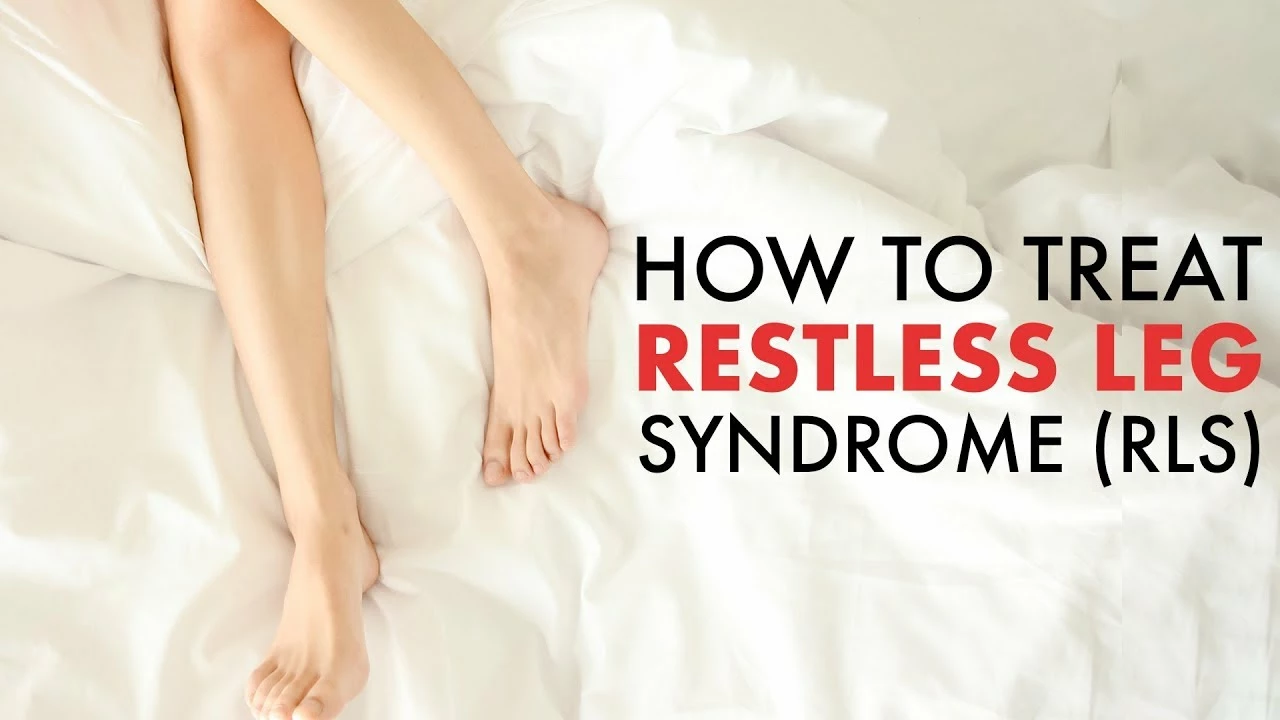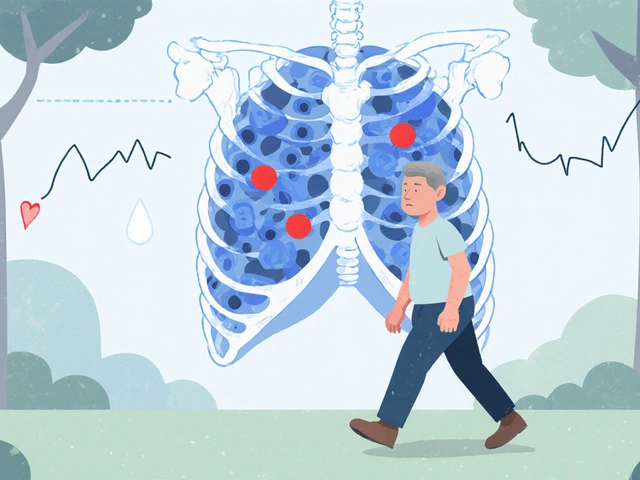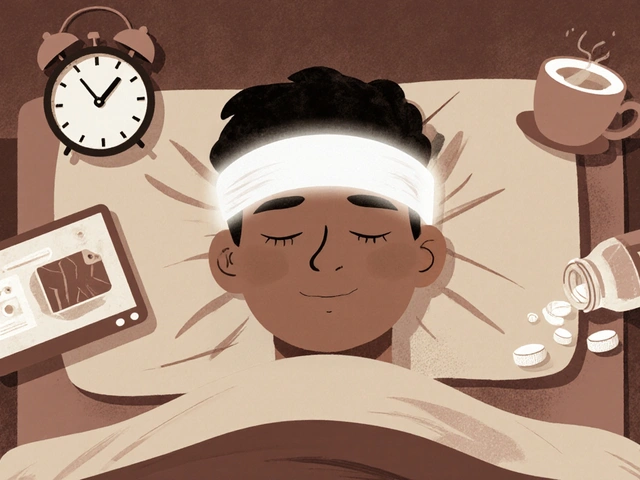Restless Legs Syndrome (RLS): What It Feels Like and What to Do
Up to 10% of adults report symptoms that fit restless legs syndrome. That buzzing, crawling, or aching feeling that shows up when you sit or lie down isn’t just annoying — it can wreck your sleep and drain your energy the next day. If you’re waking up at night with an urgent need to move your legs, this page tells you what usually causes it and simple things you can try tonight.
RLS usually shows as an uncomfortable urge to move the legs, often with tingling or crawling sensations. Symptoms start or get worse at rest, improve with movement, and are typically worse in the evening or at night. Some people also have jerking movements (periodic limb movements) that disrupt sleep.
Common causes and things that make it worse
Low iron levels are a frequent and fixable cause — doctors often check ferritin. Other medical links include kidney disease, diabetes, pregnancy, and some nerve problems. Certain medications can trigger or worsen RLS: some antidepressants, antipsychotics, and antihistamines are common culprits. Lifestyle triggers include too much caffeine, heavy alcohol use, nicotine, and lack of regular activity.
Practical steps you can try tonight
Start with simple changes. Cut caffeine after mid-afternoon, reduce alcohol near bedtime, and stop smoking. Try a warm bath before bed, gentle stretching, or a 10-minute walk in the evening to ease restlessness. Leg massage, foam rolling, or alternating hot and cold packs can give quick relief for many people.
Improve sleep habits: keep a consistent bedtime, make your bedroom cool and dark, and avoid heavy screens right before bed. Compression socks or calf wraps help some people, especially if symptoms are mild to moderate.
If iron is low, your doctor may suggest oral iron supplements or, in certain cases, IV iron. Don’t start iron on your own — get a lab check first. For persistent or severe symptoms, prescription treatments exist. Dopamine agonists (like pramipexole or ropinirole) and certain nerve-focused medicines (gabapentin, pregabalin) are commonly used. These drugs can help but can also have side effects or lose effectiveness over time, so regular follow-up is important.
When to see a doctor: if RLS wakes you regularly, causes daytime sleepiness, or starts suddenly and severely, get evaluated. Mention any current medications and medical conditions so your clinician can look for reversible causes. A sleep specialist or neurologist can help if first-line steps don’t work.
Living with RLS is manageable for many people once the triggers and causes are found. Small changes—iron checks, cutting evening caffeine, and adding short evening movement—often make a big difference. If those don’t help, talk to your doctor about safe medication options and follow-up care.
27
Amantadine: a promising treatment option for patients with restless legs syndrome
As a copywriter, I recently came across an interesting topic about Amantadine, which appears to be a promising treatment option for patients with restless legs syndrome. This medication, originally developed as an antiviral medication, has shown great potential in alleviating the symptoms of this condition. With its dopaminergic properties, Amantadine can help improve the quality of life for those who suffer from restless legs syndrome. It's truly exciting to see new treatment options emerge for people struggling with this condition. I'm looking forward to seeing how Amantadine continues to develop as a treatment option in the future.
Latest Posts
Popular Posts
-
 Over-the-Counter Medication Safety: Hidden Ingredients and Interactions You Can't Afford to Ignore
Over-the-Counter Medication Safety: Hidden Ingredients and Interactions You Can't Afford to Ignore
-
 Pharmacy Reimbursement: How Generic Substitution Impacts Pharmacies and Patients Financially
Pharmacy Reimbursement: How Generic Substitution Impacts Pharmacies and Patients Financially
-
 Pharmacist Recommendations: When to Suggest Authorized Generics
Pharmacist Recommendations: When to Suggest Authorized Generics
-
 Acromegaly: Understanding Excess Growth Hormone and Effective Treatment Options
Acromegaly: Understanding Excess Growth Hormone and Effective Treatment Options
-
 How to Keep Medications Safe from Children and Pets at Home
How to Keep Medications Safe from Children and Pets at Home



